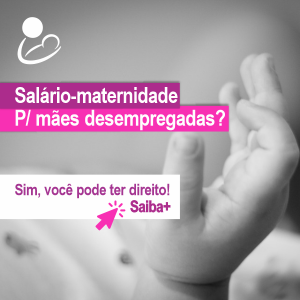Being a parent is full of joy and learning — but it also comes with great responsibility and vigilance. One of the biggest fears for first-time parents is: what to do in an emergency. Knowing how to apply first aid for newborns can make all the difference while waiting for medical help.
In this essential guide, you’ll learn how to act in common risk situations for babies, with clear and accessible information.
Why first aid matters for newborns
Newborns are small and highly vulnerable. Their bodies haven’t yet built full defenses. A quick, calm, and informed response in an emergency can reduce risk while help is on the way.
Common emergencies and what to do
1. Choking / airway obstruction
Sometimes a baby may choke on milk, vomit, or a small foreign object. If the baby is coughing vigorously, encourage the cough. But if the baby is silent, limp or bluish, you’ll need to act:
- Place the baby face-down on your forearm, supporting the head and neck with your hand.
- Give up to five firm back blows between the shoulder blades with the heel of your hand.
- If the object is not cleared, turn the baby supine on your forearm and perform up to five gentle chest thrusts (in the center of the chest, at about 1.5 inches/4 cm depth).
- After each attempt, check the baby’s mouth for the object and if visible and reachable, remove it carefully.
- Call emergency services immediately if the baby remains unresponsive or has difficulty breathing.
2. Unconsciousness / unresponsiveness
If the baby does not respond (no crying, no movement) when you tap the soles and call out:
- Call emergency services right away.
- Place the baby on a firm flat surface.
- Open the baby’s airway by gently tilting the head back and lifting the chin (be especially gentle because newborns have delicate necks).
- Check for normal breathing (look, listen, feel) for up to 10 seconds.
- If there’s no breathing or only gasping, begin CPR (30 chest compressions followed by 2 rescue breaths) at a rate of about 100-120 compressions per minute, until help arrives or the baby recovers.
3. Falls or head injury
Babies fall or roll off surfaces more easily than we think. If your baby has hit their head:
- Stay calm and keep the baby still, lying down if possible.
- Watch for symptoms: persistent vomiting, drowsiness, seizures, unequal pupils, bleeding from the ears or nose.
- If any serious symptom shows or you’re unsure, call emergency services or visit a hospital.
4. Fever, seizures or convulsions
A baby with a high fever or convulsions requires urgent attention.
- Remove some layers of clothing, keep the environment cool but comfortable.
- Offer fluids if the baby is feeding; do not force water or medications without medical advice.
- Call emergency services if a seizure lasts more than a few minutes, or if the baby has altered consciousness.
5. Burns or scalds
Hot liquids, steam or hot surfaces are high-risk around babies. If a burn occurs:
- Remove the baby from the source of heat.
- Cool the area with cool (not cold), clean water for about 10 minutes.
- Cover the burn with a clean, non-adhesive covering.
- For serious burns (blisters, large area, deep damage), go to emergency care immediately.
Important general tips for newborn first aid
- Always keep emergency numbers near the phone and program them on your mobile.
- Have recent contact details for your paediatrician, nearest hospital and a 24 h emergency service.
- Consider taking a certified baby/child first aid course — hands-on training makes a difference.
- Keep a well-stocked first-aid kit at home (sterile gloves, gauze, scissors, thermometer, emergency number card).
- When in doubt — seek medical help. It’s better to be safe and reassured.
Preventive habits that help avoid emergencies
- Never leave your baby unattended on beds, couches, changing tables, or sofas — always keep a hand on them.
- Set safe sleep: baby on their back, on a flat, firm surface, no loose toys or blankets.
- Use appropriate car seats and ensure they are correctly installed.
- Always test water temperature before bathing the baby — use your elbow or a bath thermometer if available.
- Keep small objects, coins, batteries, plastic bags and dangerous items out of baby’s reach.
- Regularly clear clutter from floors and low surfaces to prevent trips and falls.
Final words
Learning first aid for newborns empowers you as a parent. Knowing you can act if something happens gives peace of mind and keeps your baby safer. Combine preventive care with readiness to respond, and you’ll be better prepared for the unexpected.
Because there’s nothing more precious than your baby — and being prepared is one of the best ways to protect them.






